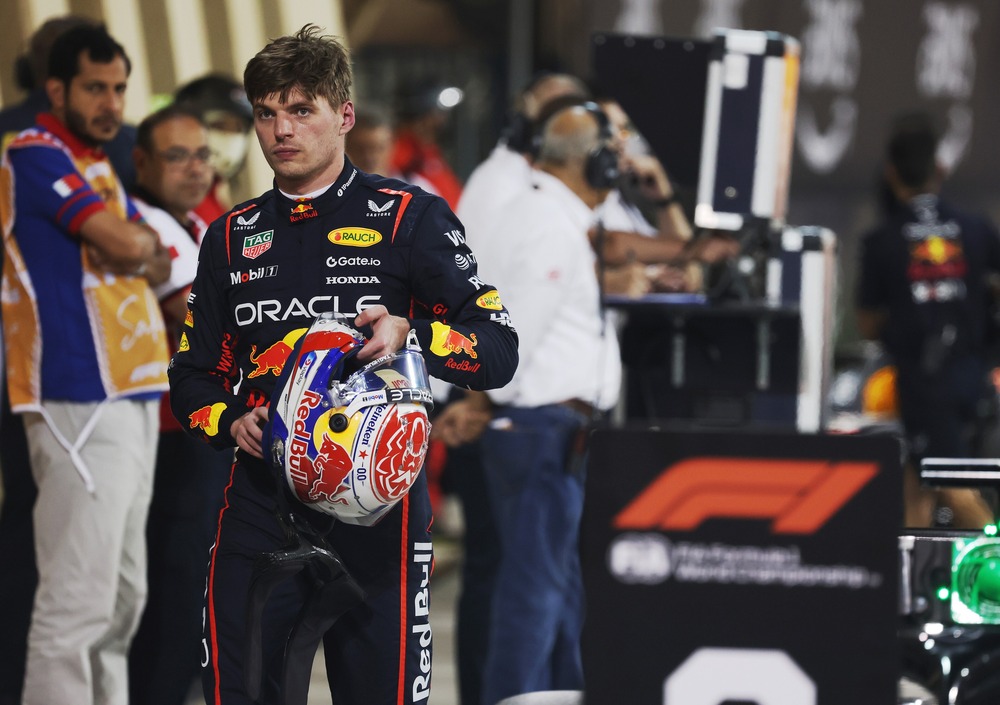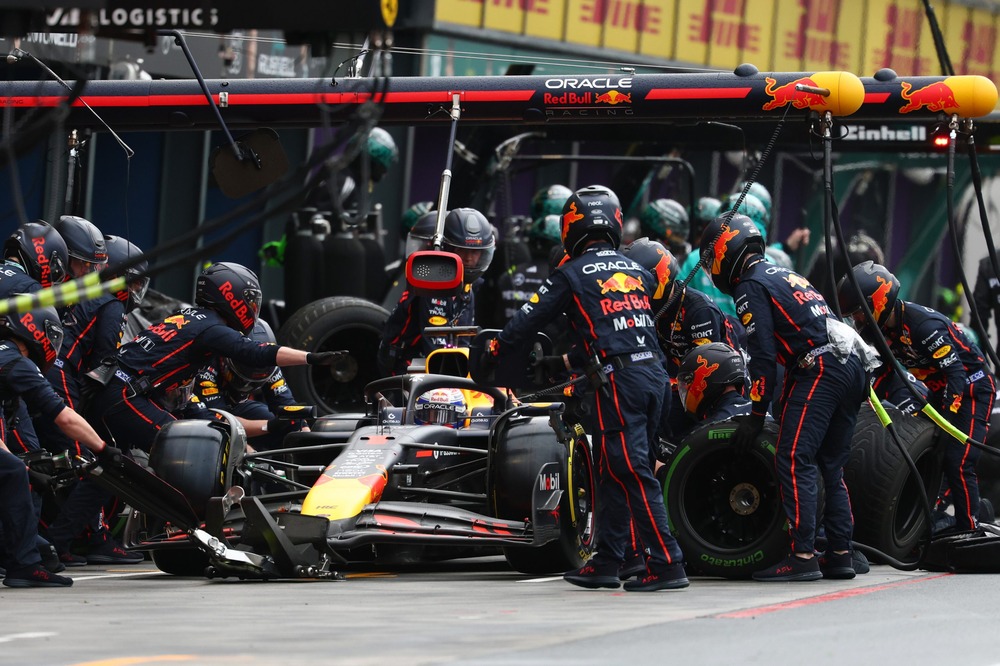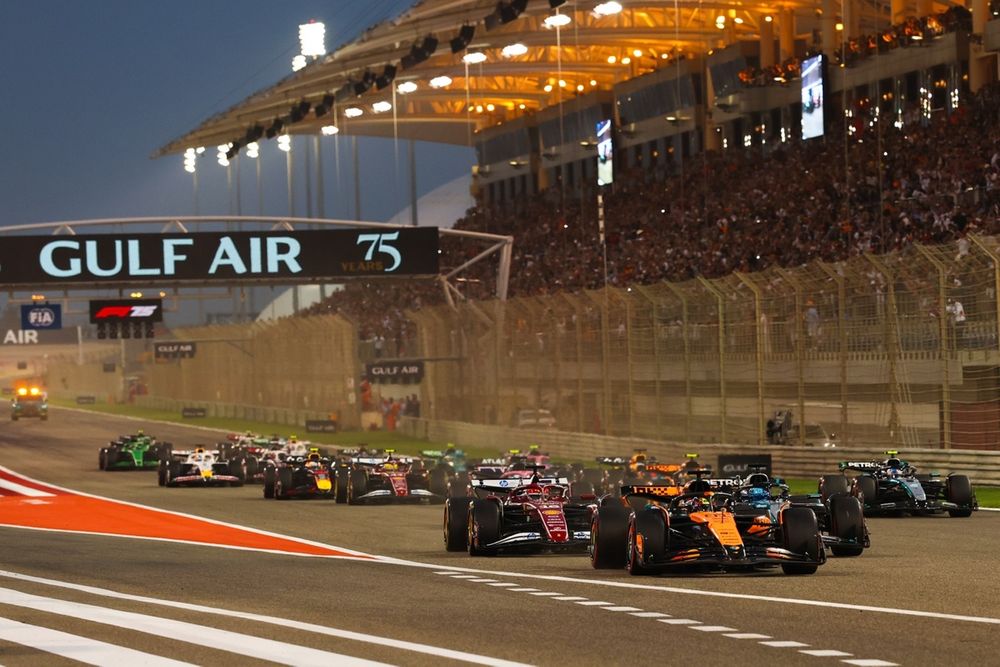For the 2023 technical regulations, the FIA has proposed four significant adjustments in an effort to curtail and eventually do away with porpoising in Formula 1.
Due to the ground effect limitations this year, the issue has returned to Formula 1, and the stiffness of the vehicles has also caused them to aggressively bottom out.
In the form of a Technical Directive, the FIA outlined immediate safety precautions in Canada, including a vertical oscillation measurement. This comes after many drivers voiced their complaints about the bouncing effect they have encountered in some races this season.
The governing body of the sport, however, announced this week’s meeting of the Formula 1 Technical Advisory Committee of the FIA had resulted in no changes to the planned regulation that is scheduled to be introduced at the Belgian Grand Prix and which is meant to start addressing the issue.
It was explained that although the problem has lessened in recent races, the incidents still occurred at tracks where the influence was already anticipated to be less than usual.
The plank skids will be stiffened and a vertical oscillation metric will be used starting with the Belgian Grand Prix. In order for teams to understand the ramifications on set-up, it was also mentioned that this metric will be available starting at the French Grand Prix the following weekend.
While teams are learning how to manage the problem, the FIA explained that there is concern that it can get worse again in 2023 as more downforce is freed.
“The FIA reaffirmed its strong commitment to reduce and hopefully eliminate the issue in the near term, as it is considered to be a significant safety matter,” said the FIA in a statement.
“It is the responsibility and the prerogative of the FIA to intervene for safety matters, and the reason the regulations allow such measures to be taken is precisely to allow decisions to be taken without being influenced by the competitive position each team may find themselves in.”
However, it was highlighted that those events “took place at tracks where the effect is predicted to be lower than normal” and that porpoising “has been seemingly reduced in the last few races.”
The skid blocks in the cars’ floors will be strengthened starting in Spa. Also made clear will be the specifics of how their level of wear is determined in order to determine their legality.
The FIA will debut its metric, which restricts the vertical movement of the cars, at the same race. Teams will have the chance to assess their cars’ performance in relation to the statistic before that.
The FIA labelled the Spa adjustments as “short-term solutions” that “are not necessarily deemed to be the long-term answer to the problem.” It also deems it “probable” that if teams improve the designs of their vehicles and produce more downforce, porpoising will get worse in 2023.
In order to further reduce porpoising, the FIA has suggested four adjustments to the technical standards for 2023. To be approved by the FIA World Motor Sport Council are four amendments.
The automobiles’ design will change as a result of two revisions. The under-floor diffuser throat will also be increased, along with the floor borders, by 25mm.
The FIA will also equip itself with new tools to make sure that the cars are compliant. In order to measure the aerodynamic oscillation, a stricter lateral floor deflection test will be implemented, and cars will be equipped with more precise sensors.






